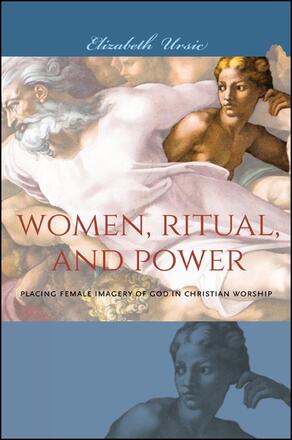
Women, Ritual, and Power
Placing Female Imagery of God in Christian Worship
Alternative formats available from:
Reveals the triumphs and struggles of contemporary Christian congregations to express female imagery of God in worship.
Description
Many Christians do not know the Bible contains female images of God because they have never heard nor seen them in church. In Women, Ritual, and Power, Elizabeth Ursic gives the reader insight into four Christian communities that worship God with female imagery, both as a worship focus and a community identity. These Methodist, Presbyterian, Lutheran, and Catholic congregations operate within their established church denominations and are led by either ordained Protestant ministers or vowed Catholic sisters. Because expressing God-as-She can expose strident claims for maintaining God-as-He, this book shows not only how patriarchy continues to operate in churches today, but also how it is being successfully challenged through liturgy.
Elizabeth Ursic is Professor of Religious Studies at Mesa Community College.
Reviews
"…a fascinating study of feminist theology. " — CHOICE
"Women, Ritual, and Power is an important contribution to the theological world. Elizabeth Ursic sheds light on what has enabled churches to include female images for the divine and provides multiple narratives of the negative reactions to such images. As she displays how gender is understood in Christian worship with evidence that some churches do include feminist imagery, the continuing presence of patriarchy is also revealed. The book is basically about the constructive function of the inclusion of feminine images for all. One of the main reasons we need this book is that Ursic perceives there is a much wider/larger group of Christians who would love to have more feminist images than is recognized in churches and church practices. " — Mary McClintock Fulkerson, author of Changing the Subject: Women's Discourses and Feminist Theology